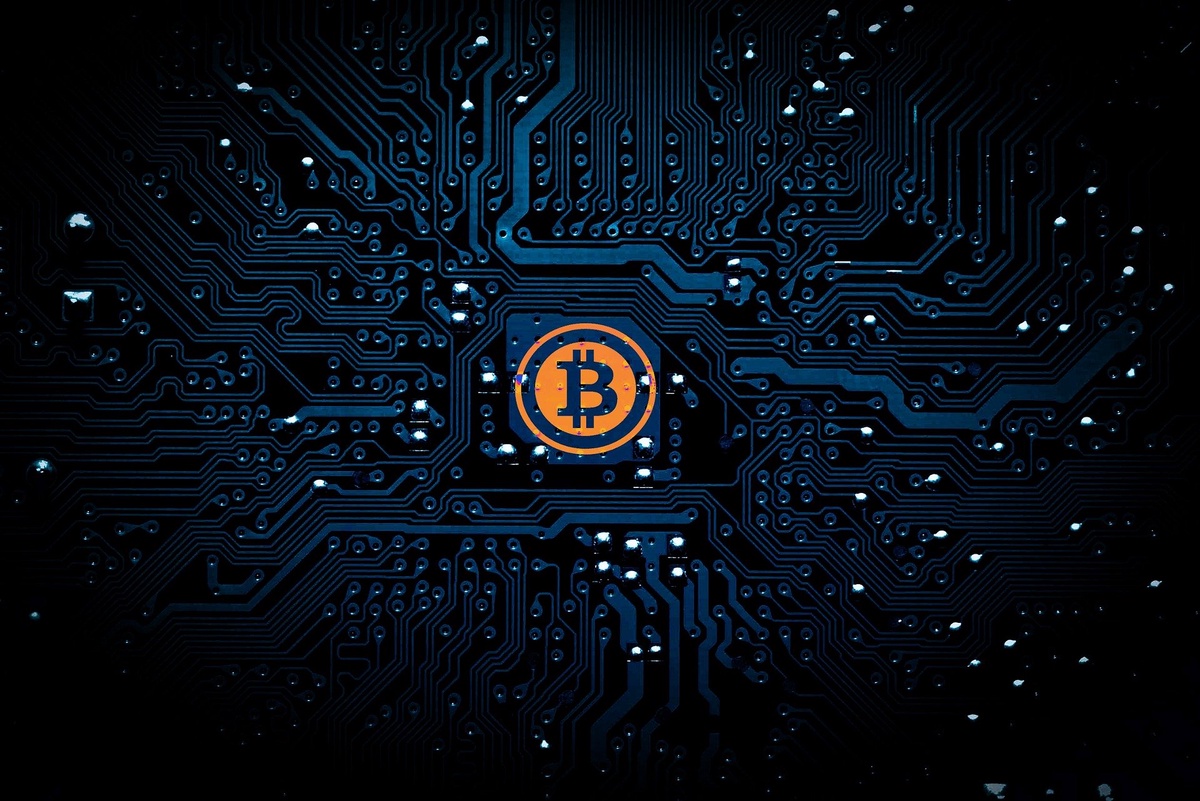Deploying and maintaining a Bitcoin node requires a significant investment of time and resources. While a well-configured Bitcoin node can provide reliable and secure access to the Bitcoin network, it is essential to plan for future upgrades and maintenance to ensure that the node remains functional and up-to-date.
Here are some key considerations for planning future upgrades and maintenance of a Bitcoin node deployment.
Stay up-to-date with Bitcoin node software updates
One of the most critical aspects of maintaining a Bitcoin node is staying up-to-date with the latest software updates. Bitcoin Core and other Bitcoin node software are continually being updated to address security vulnerabilities and improve performance.
Failing to update Bitcoin node software can leave the node vulnerable to attack and can result in missed transaction validations. It is crucial to set up a system to stay informed about updates and ensure that the latest software versions are installed promptly.
Monitor Bitcoin node performance and capacity
As the number of Bitcoin transactions increases, it is essential to monitor the performance and capacity of a Bitcoin node. A node that is operating at or near capacity can result in slower transaction times and may ultimately impact the reliability and security of the network. Web3 Infrastructure company helping enterprises and Blockchain startups build, deploy and manage reliable web3 infrastructure.
Developers should consider implementing performance monitoring tools to track the performance of their Bitcoin node. These tools can help identify bottlenecks and other performance issues, enabling developers to address them proactively.
Plan for scalability
As the Bitcoin network continues to grow, it is essential to plan for scalability. This may involve upgrading hardware, adding additional nodes to the network, or implementing new protocols to improve network efficiency.
Developers should have a plan in place for scaling their Bitcoin node deployment to handle increased transaction volumes. This plan should consider factors such as hardware capacity, network bandwidth, and the performance of the node's software.
Backup and recovery
Maintaining regular backups of a Bitcoin node is critical to ensuring that the node can be quickly recovered in the event of a hardware or software failure. Developers should consider implementing a backup strategy that includes regular backups of the node's data, as well as an off-site backup in case of disaster.
Developers should also have a plan in place for recovering a Bitcoin node in the event of a failure. This plan should consider factors such as recovery time, data restoration, and hardware replacement.
Budget for maintenance and upgrades
Maintaining and upgrading a Bitcoin node can be expensive. Developers should budget for the cost of hardware, software, and maintenance when planning their Bitcoin node deployment.
Developers should also consider the cost of upgrading their Bitcoin node deployment to support future growth. This may involve investing in additional hardware, software licenses, or other resources.
In conclusion, planning for future upgrades and maintenance of a Bitcoin node deployment is critical to ensuring the reliability and security of the Bitcoin network. By staying up-to-date with Bitcoin node software updates, monitoring node performance and capacity, planning for scalability, implementing backup and recovery strategies, and budgeting for maintenance and upgrades, developers can ensure that their Bitcoin node deployment remains functional and up-to-date.


No comments yet